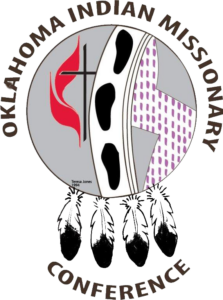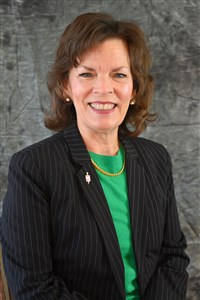
OIMC Advance Projects:
Construction Project
Advance # 583633
Parish Partners
Advance # 583634
Native American Children’s Fund
Advance # 583581
Month: April 2019
-
Construction of Southeast Region Church to be completed by end of the year
A work team from White’s Chapel United Methodist Church in Southlake, Texas is already planning a trip back to Oklahoma to continue construction work on Chihowa Okla United Methodist Church,…
-
OIMC calls for flood relief help for the Pine Ridge Indian reservation
April 9, 2019 | The Oklahoma Indian Missionary Conference (OIMC) sent a delegation to South Dakota this week to learn firsthand how to help with flood relief efforts on the…
-
Still Standing with Standing Rock – Three-Year Anniversary
April 3 marks the anniversary of one of the most significant events in modern Native American history. It was the start of the #NODAPL movement, the Standing Rock Sioux Tribe’s…
Contact Information
Conference Headquarters
602 SW 35th
Oklahoma City, OK 73109
Office: 405-632-2006
Fax: 405-632-0209
Resident Bishop:

Bishop Laura Merrill
1501 NW 24 Street
Oklahoma City, Oklahoma 73106
405-530-2000
Assistant to the Bishop:
Rev. Margaret Johnson
mjohnson@oimc.org
Director of Connectional Ministries:
Rev. Donna Pewo
Administrative Assistant:
Linda Draper
Northeast Region Superintendent:
Southeast Region Superintendent
Rev. Jami Moss
jmoss@oimc.org
Southwest Region Superintendent:
Rev. Julienne Judd
jjudd@oimc.org
SUPPORT OUR MINISTRIES
Search Our Site
